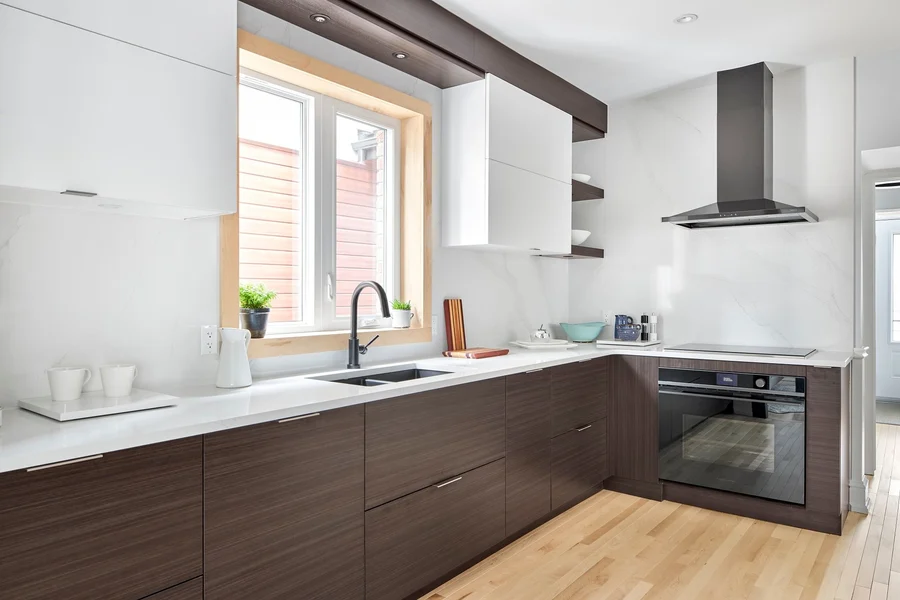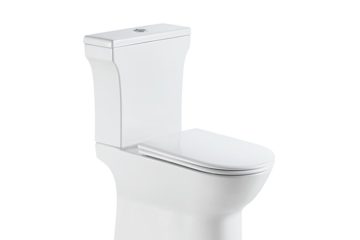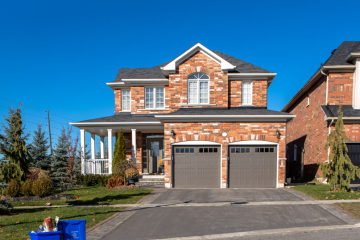When it comes to designing or renovating a modern kitchen, the choice of cabinetry can significantly impact both aesthetics and functionality. Among the various materials available, melamine board stands out as a top choice for modern kitchen cabinets. Their versatility, durability, and cost-effectiveness make them an ideal option for contemporary kitchen designs. This blog post explores why melamine boards are a preferred choice for modern kitchen cabinets, delving into their benefits, applications, and factors to consider during selection.
What Are Melamine Boards?
Melamine boards are engineered wood products that are coated with a melamine resin. This resin is applied to a substrate, usually particle board or medium-density fiberboard (MDF), through a high-pressure process. The result is a smooth, durable surface that mimics the appearance of natural wood or other materials, offering a wide range of finishes and colors. Melamine boards are increasingly popular for modern kitchen cabinets due to their durability and stylish finish. They offer a sleek, contemporary look while being resistant to moisture and easy to clean. If you’re considering a kitchen upgrade, you might wonder how long does cabinet refacing take. Understanding the timeline can help you plan your renovation effectively and ensure your kitchen transformation is both beautiful and efficient.
Key Components of Melamine Boards:
- Substrate: Typically made from particle board or MDF, providing the structural base of the board.
- Melamine Coating: A hard, plastic-like surface that gives the board its finish and protects it from moisture and wear.
Advantages of Melamine Boards for Modern Kitchen Cabinets
Wide Range of Finishes and Colors
One of the most significant advantages of melamine boards is their availability in a vast array of finishes and colors. Whether you prefer the sleek look of high gloss, the natural feel of wood grain, or bold, contemporary hues, melamine boards offer endless design possibilities. This versatility allows homeowners and designers to create customized looks that match the latest kitchen trends.
Durability and Resistance
Melamine boards are known for their durability. The melamine coating is highly resistant to scratches, stains, and moisture, making it an ideal choice for kitchen environments where cabinets are frequently used and exposed to various elements. Unlike natural wood, which can warp or swell due to moisture, melamine boards maintain their shape and finish over time.
Cost-Effectiveness
Compared to solid wood or other high-end materials, melamine boards are relatively affordable. This cost-effectiveness allows homeowners to achieve a high-quality look without breaking the bank. The lower cost of melamine boards makes them a popular choice for budget-conscious renovations while still delivering a modern, stylish appearance.
Easy Maintenance
Maintaining melamine boards is straightforward. The non-porous surface resists stains and is easy to clean with just a damp cloth and mild detergent. Unlike natural wood, which may require regular polishing and treatment to maintain its finish, melamine boards are low-maintenance and retain their appearance with minimal effort.
Consistency in Appearance
Melamine boards offer a uniform appearance, which can be challenging to achieve with natural wood due to variations in grain and color. This consistency is particularly important for modern kitchen designs that emphasize sleek, cohesive aesthetics. The ability to replicate various finishes and textures with melamine boards ensures a seamless look throughout the kitchen.
Eco-Friendly Options
Many melamine boards are produced using environmentally friendly processes. The substrates used, such as particle board and MDF, often incorporate recycled materials. Additionally, melamine itself is less resource-intensive compared to some other materials. For environmentally conscious consumers, choosing melamine boards can align with sustainable design practices.
Applications of Melamine Boards in Modern Kitchens
Cabinet Doors and Drawer Fronts
Melamine boards are commonly used for cabinet doors and drawer fronts due to their ability to provide a smooth, attractive finish. They can mimic the look of high-end materials like lacquered wood or glass, offering a sophisticated appearance at a fraction of the cost.
Shelving and Storage Units
Melamine boards are also ideal for shelving and storage units. Their durability and resistance to moisture make them suitable for various kitchen storage solutions, including pantry shelves, corner cabinets, and open shelving systems.
Backsplashes and Wall Panels
In addition to cabinetry, melamine boards can be used for backsplashes and wall panels. Their easy-to-clean surface makes them practical for areas prone to splashes and spills. The wide range of finishes allows homeowners to create a cohesive design that complements the cabinetry.
Countertops and Work Surfaces
While less common, melamine boards can also be used for countertops and work surfaces. Specially designed melamine surfaces are available for these applications, offering durability and resistance to daily wear and tear.
Factors to Consider When Choosing Melamine Boards
Quality of the Substrate
The quality of the substrate, whether particle board or MDF, affects the overall performance of the melamine board. Higher-density substrates typically provide better durability and a smoother finish. It’s important to choose melamine boards with high-quality substrates to ensure long-lasting performance.
Thickness of the Board
Melamine boards come in various thicknesses. For cabinetry, a standard thickness is usually sufficient, but thicker boards may offer added durability and resistance to bending. The thickness of the board should align with the specific requirements of the kitchen design.
Finish and Texture
The finish and texture of melamine boards can vary widely. Consider the desired look and feel of your kitchen when selecting the finish. Options include matte, gloss, and textured finishes that can mimic natural materials like wood or stone.
Edge Banding
Edge banding is a crucial component in achieving a polished look for melamine cabinetry. It covers the edges of the boards, preventing chipping and providing a seamless appearance. Ensure that the edge banding is applied properly to maintain the integrity of the cabinetry.
Environmental Considerations
For eco-conscious consumers, it’s essential to choose melamine boards with low volatile organic compounds (VOCs) and other environmentally friendly certifications. Look for products that adhere to environmental standards and use sustainable practices in their production.
Conclusion
Melamine boards offer a practical and stylish solution for modern kitchen cabinetry. Their versatility in finishes and colors, combined with their durability and cost-effectiveness, makes them an ideal choice for contemporary kitchen designs. Whether you’re renovating an existing kitchen or designing a new one, melamine boards provide a range of benefits that cater to both aesthetic preferences and functional requirements.
By considering factors such as substrate quality, board thickness, and environmental impact, you can make an informed decision and create a kitchen that not only looks stunning but also stands the test of time. Embracing the advantages of melamine boards ensures a modern, efficient, and beautiful kitchen space that meets the demands of today’s lifestyles.



